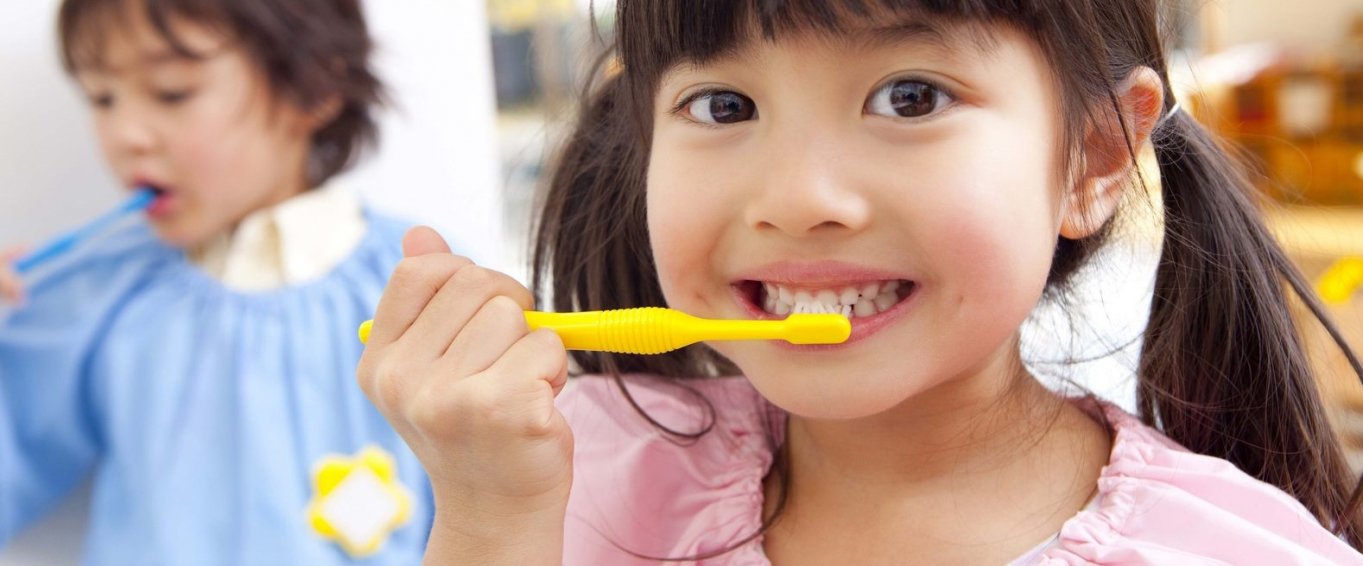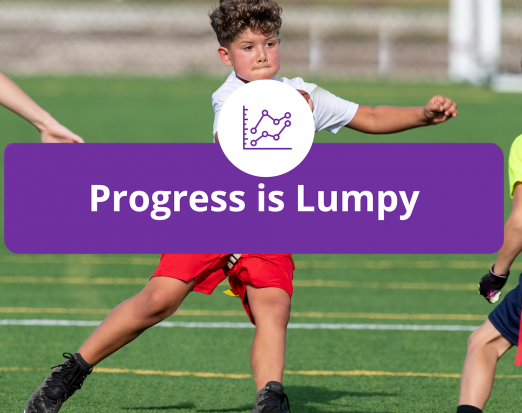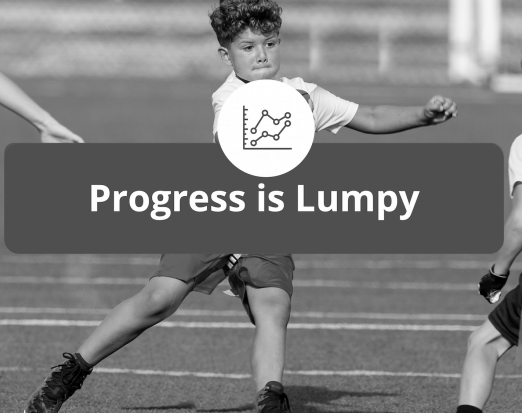How to Deliver Supervised Toothbrushing to Early Years Pupils

After a report on the nation's dental health revealed a quarter of five year olds have tooth decay, primary schools are being asked to teach proper dental care routines. Whether or not you believe schools should bear this responsibility, dentists are envisaging the need for mandatory tooth brushing lessons as part of curriculum education.
Click here to get tooth themed games and activities for your classroom.
Therefore, it's useful for all primary schools to know the standards for supervised brushing and how to conduct these sessions safely with Early Years pupils. Here are some NHS approved guidelines on delivering supervised brushing lessons:
Some Essential Requirements
Pre Session:
-
An appointed manager/coordinator for your supervised brushing programme;
-
A policy document describing the roles and responsibilities of all staff involved;
-
Adequate training on safety and hygiene control for all staff involved;
-
Written permission from parents to sanction pupils' involvement in the brushing programme.
- If toothbrushes are to be reused (not disposed of), they should be clearly labelled with the pupils' names.
In Session:
-
All pupils are closely observed for the duration of the brushing lesson;
-
Toothpaste used must not contain more than 1,500ppm fluoride (look for a child friendly product);
-
A pea sized volume (maximum) of toothpaste must be supplied to pupils;
-
Pupils should be instructed not to swallow the toothpaste at any point during brushing;
-
Delay rinsing after brushing (and spitting) to maximise the effect of tooth brushing;
-
Staff must not supply any more toothpaste to pupils (even if swallowed);
-
Spare toothbrushes should be carried in case pupils drop brushes on the floor.
How to Manage and Supervise Tooth Brushing In a Dry Area (No Sink)
Step 1: Wash Your Hands
The teacher (and any TAs involved in the activity) must wash their hands before the lesson begins.
Step 2: Hand Out the Toothbrushes
Distribute the toothbrushes to pupils one at a time, taking care to avoid touching the brush heads.
Step 3: Introduce a 'No Touching' Rule
Explain to pupils they should not touch another person's brush or allow their own to touch anything but their mouth. This is to prevent germs from getting into their mouths. Demonstrate the correct way to hold a toothbrush (at its end).
Step 4: Dispense the Toothpaste
The teacher should carefully dispense the toothpaste onto one brush at a time. Pupils should not touch the tube. Brushing should not start until the teacher gives a signal. One alternative option is to place toothpaste portions on a plate and have pupils apply their own brushes. In this case, the portions must be reasonably spaced to avoid cross contact.
Step 5: Hand Out Water Cups and Paper Towels
The teacher or a TA should hand out one paper towel and one plastic cup filled with water to each pupil.
Step 6: Supervise the Brushing Routine
The children can begin brushing now. They may do this sitting down or standing up. Standing up is recommended because the teacher can ask pupils to take one step back from the table. This reduces the risk of spillt water cups. The brushing session must last at least two minutes.
Step 7: Explain How to Use the Cup and Paper Towel
After two minutes of toothbrushing, instruct pupils to spit their toothpaste into the plastic cup. They can wipe their mouths with the paper towel.
Step 8: Collect the Waste Materials
As pupils are spitting and wiping, the teacher or a TA should carry a wastebasket/refuse bag around the room for pupils to discard their paper towels.
Step 9: Collect the Toothbrushes
If the toothbrushes are to be reused, each needs to be wrapped in a clean paper towel. They can then be safely stored until they are moved to a sink for cleaning.
Step 10: Collect the Water Cups
The teacher or a TA should carefully collect the plastic cups and place them to one side on a cabinet or table. The important thing is they get placed away from the children to avoid spillages. They should be emptied and discarded at the first available opportunity.





